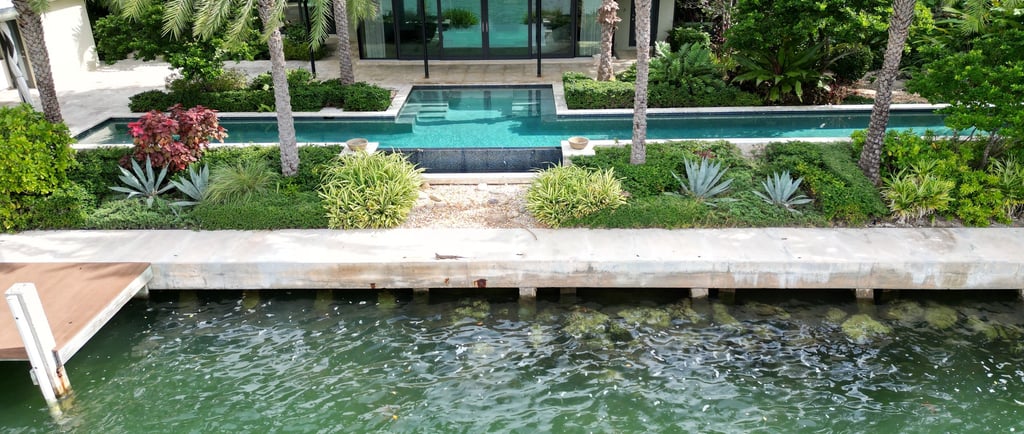Expert Engineering Reports for Comprehensive Seawall Inspections, Repairs, and Full Construction.
How Often Do Seawalls Need to Be Replaced?
At Souffront Contractors Inc, we are often asked, “How often do seawalls need to be replaced?” The answer depends on several factors, including material, maintenance, and environmental conditions
11/23/20242 min read


How Often Do Seawalls Need to Be Replaced?
Seawalls play a vital role in protecting coastal properties from the relentless forces of nature, including waves, erosion, and rising tides. However, like all structures, seawalls have a limited lifespan. At Souffront Contractors Inc, we are often asked, “How often do seawalls need to be replaced?” The answer depends on several factors, including material, maintenance, and environmental conditions.
The Lifespan of a Seawall
Generally, seawalls require replacement every 30 to 50 years, though this range can vary based on the following factors:
Concrete Seawalls: With proper care, concrete seawalls last between 40–50 years and are one of the most durable options.
Vinyl and Composite Seawalls: These materials typically last 25–40 years due to their resistance to corrosion.
Wooden Seawalls: Often used for smaller projects, wooden seawalls last 15–25 years but are vulnerable to rot and marine pests.
Several variables determine how long your seawall will last before requiring replacement:
Environmental Exposure
Seawalls subjected to heavy wave activity, frequent storms, or saltwater exposure will naturally wear down faster. Saltwater is particularly corrosive to certain materials, making regular maintenance essential.Construction Quality
At Souffront Contractors Inc, we know that the foundation of a seawall’s longevity lies in its construction. High-quality materials, proper engineering, and expert installation ensure the seawall can withstand decades of environmental stress.Maintenance and Inspections
Routine maintenance significantly extends a seawall’s life. Regular inspections allow for early detection of issues such as cracks, joint separation, or drainage failures that can weaken the structure.Foundation Erosion
Soil erosion or undermining beneath a seawall can lead to premature failure. Proper drainage and reinforcement are essential to combat this issue.Marine Growth
Barnacles, algae, and other organisms may seem minor but can erode materials over time. Cleaning marine growth off the seawall periodically helps maintain its integrity.
When Should You Replace a Seawall?
Over time, repairs may no longer suffice, and replacement becomes the safest and most cost-effective option. Indicators that it may be time to replace your seawall include:
Deep cracks or crumbling concrete.
Erosion or sinkholes forming behind the seawall.
Excessive leaning or bowing of the structure.
Persistent water intrusion despite repairs.
If you notice any of these issues, it’s crucial to schedule an inspection. At Souffront Contractors Inc, we specialize in assessing seawall conditions and providing professional advice on whether repair or replacement is the best solution.
© 2012-2024 Souffront Contractors & Engineers | All Rights Reserved
Estimates@souffrontcontractors.com
Phone: 877-420-7220
© 2024. All rights reserved.


